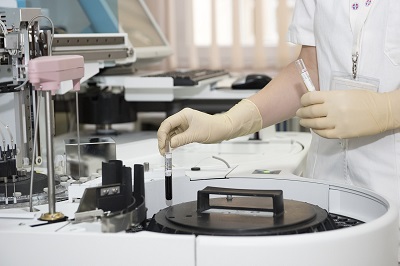Class I medical device registration with Roszdravnadzor (RZN) in Russia refers to the process of obtaining approval for low-risk medical devices to be legally marketed and sold within the Russian Federation. Medical devices in Russia are classified into three main categories based on their risk level: Class I, Class II, and Class III. Class I devices are considered low-risk products and generally involve minimal regulatory requirements compared to higher-class devices.
Class I Medical Devices in Russia
Class I devices are typically those that:
- Pose minimal risk to patients when used as intended.
- Are not intended to support or sustain life, nor do they have a significant impact on the patient’s health.
- Are generally non-invasive and simple in design.
Examples of Class I medical devices include:
- Bandages, gauze, and dressings.
- Simple thermometers and stethoscopes.
- Non-invasive diagnostic devices like some types of glucometers.
- Some dental materials and instruments.
Overview of the Registration Process for Class I Medical Devices in Russia
The registration process for Class I devices with Roszdravnadzor (RZN) involves submitting the required documentation, followed by a review and the issuance of a registration certificate. Class I devices are subject to a relatively simpler and faster process compared to higher-risk devices. Here’s how to apply:
Steps to Apply for Class I Medical Device Registration with RZN in Russia
1. Prepare Documentation
The following documents are typically required for Class I medical device registration in Russia:
- Application form: The official application for registration of the medical device.
- Certificate of Free Sale (CFS): A document from the country of origin confirming the device is freely sold in that market.
- Product Description: Detailed information about the device, including its intended use, features, specifications, and how it works.
- Manufacturing Information: Details about the manufacturer, including evidence of a quality management system (e.g., ISO 13485, if applicable).
- Risk Management File: An assessment of any potential risks associated with the device, although this might not be as detailed as for higher-class devices.
- Instructions for Use (IFU): Clear guidance on how to use the device, which must be in Russian.
- Labeling Information: Labels and packaging details, ensuring they are in compliance with Russian language requirements.
- Clinical or Performance Data (if applicable): This may not be required for Class I devices unless the device has specific risks that require it.
2. Submit the Application
- Submit the application and all required documents to Roszdravnadzor, either online via the official portal or physically at their office.
- All documents must be in Russian, and non-Russian documents (like the CFS or manufacturing certificates) should be translated.
3. Review and Assessment by Roszdravnadzor
- Roszdravnadzor will review the submitted application and documentation. For Class I devices, the review process is usually straightforward and quick, as these devices are considered low-risk.
- Roszdravnadzor will check whether the device complies with Russian regulations, including medical device safety and performance standards.
4. Issuance of the Registration Certificate
- If the application meets all the necessary requirements, Roszdravnadzor will issue a registration certificate.
- The registration certificate confirms that the medical device is compliant with Russian regulations and can be marketed and sold in Russia.
- The registration is typically valid for 5 years, after which it must be renewed.
5. Post-Registration Obligations
- After the device is registered, you must ensure that it continues to meet all safety and quality requirements.
- If there are any significant changes to the device, packaging, or manufacturing process, you may need to submit an updated application or seek re-registration.
- Periodic updates or notifications to Roszdravnadzor may be required in case of adverse events or changes to regulatory standards.
Key Points for Class I Device Registration
- Simplified Process: The registration process for Class I devices is more straightforward compared to higher-risk categories like Class II or Class III.
- Risk Management: Class I devices are typically low-risk, so extensive clinical testing is usually not required. However, the manufacturer must still demonstrate that the device is safe and effective for its intended use.
- Compliance with Russian Language Requirements: All labeling and instructions for use must be in Russian, and non-Russian documentation must be translated.
Timeline for Registration
- The process for registering a Class I medical device with Roszdravnadzor usually takes several months (approximately 3-6 months), depending on the completeness of the application and the review process.
- The timeline can be shorter for Class I devices due to their lower regulatory complexity.
Registration Costs
The registration fee for Class I devices is generally lower than for higher-class devices due to the simpler nature of the process. Specific fees may vary, so it is important to check the current fee schedule on the Roszdravnadzor website or consult with a local regulatory expert.
Conclusion
Registering a Class I medical device in Russia with Roszdravnadzor involves preparing the necessary documentation, submitting an application, and awaiting the issuance of a registration certificate. Although the process is simpler compared to higher-risk devices, it is essential to ensure that all documentation is complete, accurate, and in compliance with Russian regulations. If needed, consider consulting with a regulatory expert familiar with Russian medical device laws to streamline the registration process.

Contact Us:
Whatsapp or Wechat:+86 15816864648;email address:hito.lin@grzan.cn
.png)
.jpg)
.png)

.png)